Fink Park Field Project

STRANGERS MEET IN PARKS & LEAVE AS LIFE-LONG FRIENDS
Our parks make Highland Park a desirable place to live, work, play, and visit. The Park District’s athletic fields and robust programs attract thousands of families to our Athletics programs and the community. The Park District has a long history of providing superior, well-rounded athletic programs, which is unique among our North Shore neighbors. Our athletic leagues are one of the few on the North Shore managed by park district coaches and staff members, as opposed to seasonal volunteers.
Only four of our ten parks support our community athletic programs: Danny Cunniff, West Ridge Park, Sunset Woods Park, and Larry Fink Memorial Park. Overusing these parks negatively impacts turf conditions and contributes to increasingly poor drainage. Unfortunately, hundreds of hours of play are lost due to flooded fields. In 2017, the Park District and our players lost 164 hours of play — $8,500 in refunds were given back to participants. Sadly, budgeted athletic field maintenance does not cover all the upgrades necessary to make our athletic fields viable and competitive with our North Shore neighbors.
The Plan: A New Field at Fink Park
At the December 2023 meeting, the Park Board of Commissioners approved a renovation project to modernize the existing baseball field at Larry Fink Park. The newly renovated field will serve as a regional destination with reduced maintenance requirements and improved amenities for the players and spectators. The new synthetic turf will more than triple the number of usable hours of the field each year and reduce the cost of maintenance by more than 50% every year over its projected 10-year lifespan. Hundreds of hours of play are lost each year due to flooding of the current natural grass field.
This project is part of a larger Park District Athletic Fields Master Plan, which includes long-term plans to renovate the athletic fields and Danny Cunniff Park and Sunset Woods Park. The project costs $1.02 million and will be funded with $500,000 from the Park District’s Capital Fund and the remainder from community donations. The groundbreaking is expected in Spring 2024 with completion in Summer 2024.
The Board also approved naming the new ballpark Jeff Fox Field, after longtime Highland Park resident Jeff Fox. It’s a wonderful story of how much the park, especially baseball, meant to Jeff and his family. You can read it here.
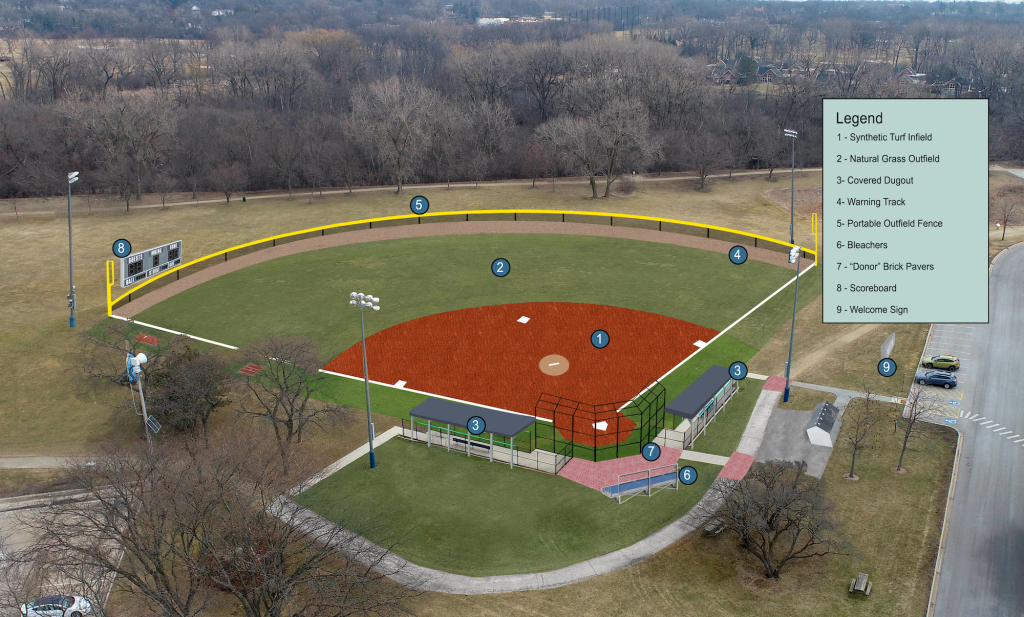
Fundraising: A Community-Driven Effort
To help fund the project, a group of dedicated community members formed a fundraising committee called the Giants Athletic Boosters, an affiliate of the Parks Foundation of Highland Park. To date, the Boosters have raised $459,000.
We only need to raise $41,000 to reach our goal. Donate today and help us take this project all the way home!
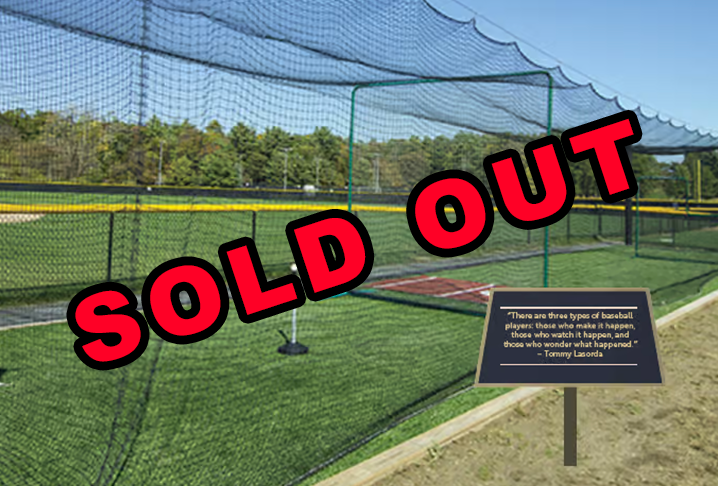
$50,000 Donation (SOLD OUT)
Your personal message as the batter cage donor is displayed on a plaque next to the cage.
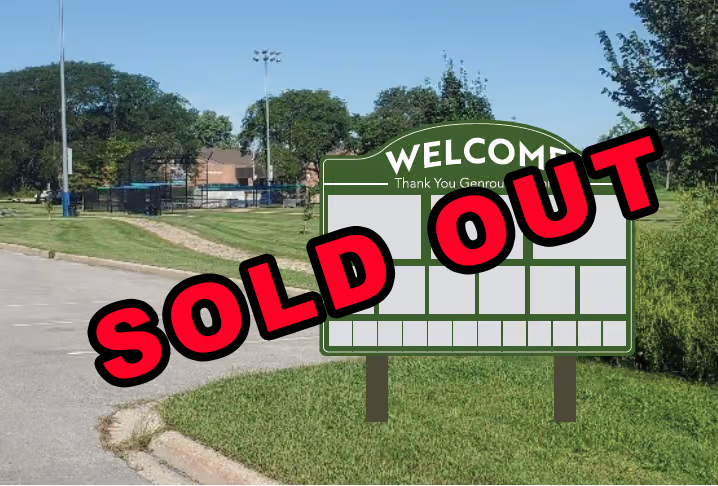
$5,000 – $20,000 Donations (SOLD OUT)
Your name will be included on the Welcome sign at the first point of entry for patrons at Fink Field.
- Most Prominent: $20,000
- Second Most Prominent: $10,000
- Third Most Prominent: $5,000
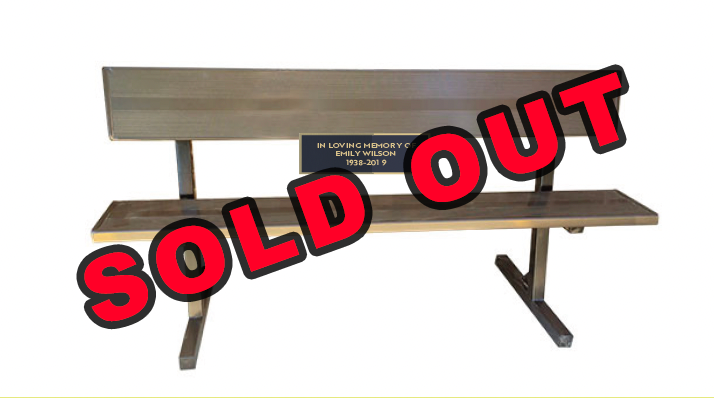
$3,000 Donation (SOLD OUT)
Your personal message will be included on the dugout benches.
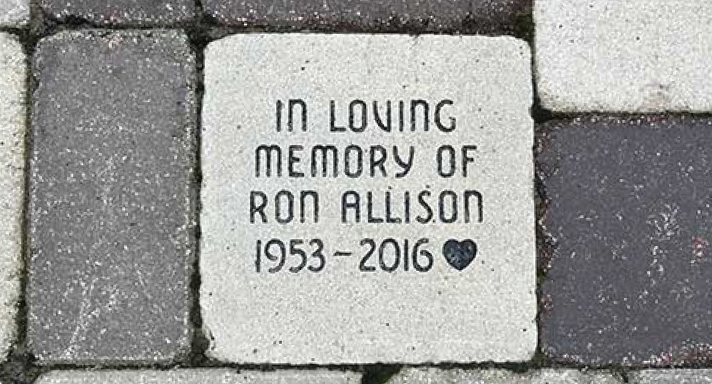
$500 – $2,500 Donations
Your personal message will be engraved on a paver for display in a prominent position on the walkway in front of the bleachers.
- 4” x 8” paver: $500
- 8” x 8” paver: $1,500
Frequently Asked Questions
Don’t My Taxes Pay for Projects Like This?
Taxes provide approximately 50% of the Park District’s annual operating budget of more than $20 million. The balance of the income is derived from user fees, rentals, external fundraising, major gifts from donors like you, and endowments for special projects to support our programming and facility updates. Most importantly, donations help prevent unnecessary tax increases.
How large is the planned field turf at Fink Baseball Field?
The renovation of Fink Baseball Field is planned to have approximately ½ of an acre of synthetic field turf. (Comparatively, Lake Forest has approximately 10 acres planned.)
Will using synthetic field turf so close to the water create a risk of polluting the river?
No. The planned project drainage system will not drain directly to the river but into the naturalized area beyond, what will be, the right-field foul line. Our design may also include expanding the naturalized area and enhancing the plantings to manage any additional stormwater. Plans include a field infill aggregate to be olive-core, a natural/ biodegradable product by Field Turf that uses ground olive pits as the granules. The infill is typically the most “mobile” synthetic turf component, as the granules occasionally get cast from play. If any product leaves the field, it will be this natural/biodegradable aggregate that does not contain anything synthetic.
Synthetic turf has approximately a ten-year lifespan. Will the used turf be re-purposed or recycled after it has met its useful life?
Synthetic turf cannot be completely recycled. The current opportunity is to remove the previously used turf and re-process it into the new turf’s fibers which will then be installed. There is also an opportunity to reuse synthetic turf in outdoor batting cages and indoor training areas, which the park district will consider upon the useful life of the turf being met.
What turf are you proposing, and does the turf manufacturer offer a warranty? How often does the turf need replacing?
Most turf manufacturers offer a multi-year warranty on fields. On average, the synthetic turf will have to be replaced about every ten years.
Is synthetic turf more economical?
| Costs of Turf Field Construction | Synthetic Turf Field | Natural Grass |
|---|---|---|
| Estimated Construction Costs | $700,000 – $1,700,000 | $400,000 – $820,000 |
| Maintenance Costs | $6,000 – $10,000 x 10 years = $60,000 – $100,000 | $18,000 – $44,000 |
| Utilization Time/Year | 2,800 hrs x 10 years = 28,000 hrs. | 800 hrs. x 10 years = 8,000 hrs. |
| Cost per hour of use | $27-57 | $52-108 |
• These calculations assume a pitch size of 320 ft x 200 ft, backfill with sand and an EPDM infill granule, ancillary construction costs and taxes.
• Other sports field equipment such as floodlights, a barrier system or sports equipment are not included.
